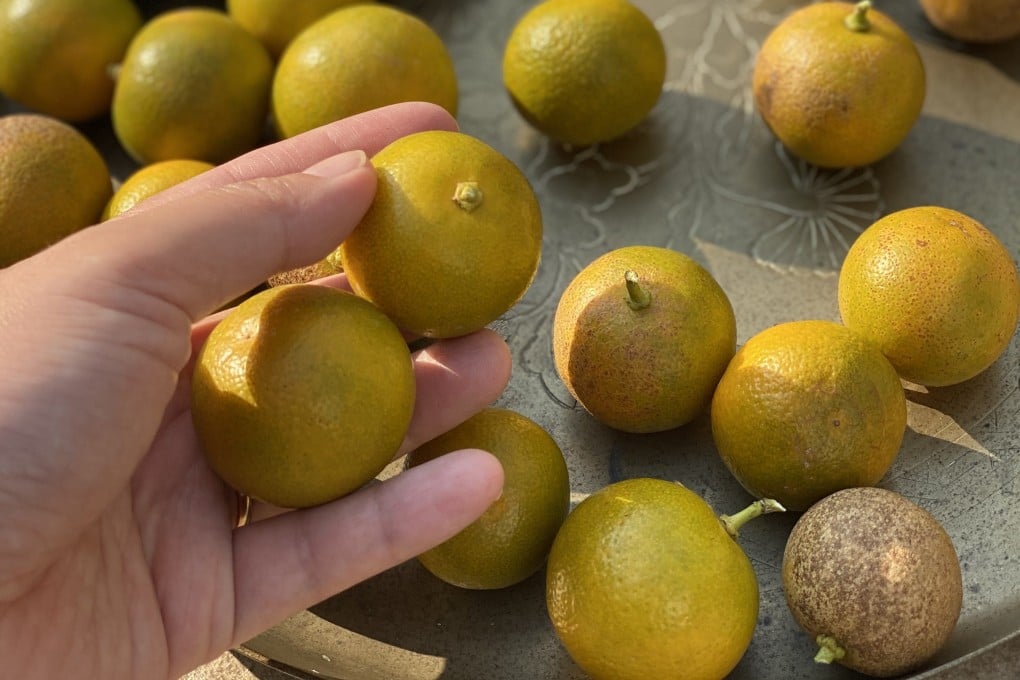What is a kumquat? Seen everywhere at Lunar New Year, the citrus fruit is tiny, orange, and a favourite ingredient of fine-dining chefs
- The humble kumquat, a common sight during the Lunar New Year holiday, is more than a symbol of prosperity; the citrus fruit is used in preserves and fine dining
- In Hong Kong, one chef describes the appeal of kumquats as being ‘their versatility when applied to cooking’. The key, he says, is to cook them ‘low and slow’

The kumquat, the smallest fruit in the citrus family, is a common sight during Lunar New Year, thanks in part to its resemblance to a small gold nugget.
The word “kumquat” is loosely based on the Cantonese characters for gum (“gold”) and gat (“orange” – the fruit, rather than the colour). These tiny “golden oranges” have thin, edible skin and a higher proportion of membrane and pulp than other citrus fruits.
When ripe, the kumquat is generally sweet, but there are tart varieties. While kumquats are often spherical (most commonly Citrus japonica, a popular hybrid), some species are egg-shaped (Citrus margarita, one of the pure species) or even bell-shaped.

While enjoyed fresh during their peak season, autumn and winter, they are often candied or aged in salt – the latter a popular remedy to relieve sore throats and persistent coughs, according to traditional Chinese medicine.
